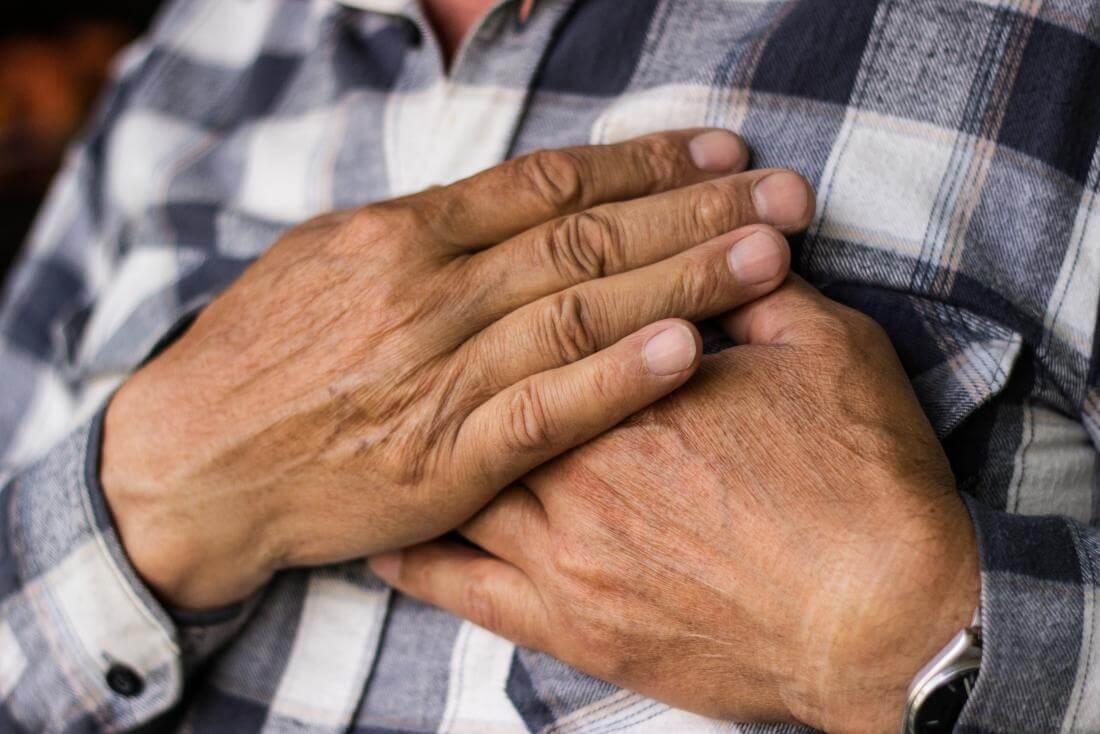It can take time for the symptoms of diabetes to appear. However, doctors can address the circumstances in their advanced degrees by acting in diverse scientific checks. These checks can stumble on different types of diabetes, which include kind 1, kind 2, and gestational diabetes. This article describes the types of diabetes and the assessments that come across them, which provides for their tactics and consequences. We also cover domestic trying out kits and while to see a medical doctor.
Type 2
Doctors can use several exceptional exams to discover type 2 diabetes. In someone with this condition, the body produces insulin but cannot use it efficaciously.
Hemoglobin A1c
One of the most common diabetes checks is the A1c test.
The doctor can also talk over this as the hemoglobin A1c, HbA1c, or glycated hemoglobin test. It measures the attachment of glucose (blood sugar) molecules to hemoglobin, part of crimson blood cells. The A1c test consequences suggest someone’s common blood sugar stage over three months. If this stage is better than 5.7%, it shows a constant, surprisingly high quantity of glucose inside the blood.
According to the National Institute of Diabetes and Digestive and Kidney Diseases (NIDDK). A character should no longer fast earlier than this check, which includes taking a small blood pattern. A physician may additionally diagnose diabetes based on the effects of an A1c check on my own. However, the best shape of diabetes that it may locate is type 2 diabetes.
Fasting plasma glucose test
The fasting plasma glucose (FPG) test requires someone to avoid food or drink for 8 hours before giving a blood sample. The physician’s workplace tends to schedule it early in the morning, and the check commonly entails taking blood from a finger, which some healthcare experts call a “finger-stick check,” or from a vein inside the arm.
Random plasma glucose check
Random plasma glucose (RPG) take a look at also tends to contain a finger stick or taking blood from an arm vein. The main difference between this take a look at and an FPG check is that an RPG takes a look and no longer requires the person to be speedy in education.
Type 1
Type 1 diabetes may be hard to diagnose. It develops when the body does not produce sufficient insulin, a hormone it desires to process blood sugar. Without remedy, kind one diabetes can cause a person’s blood sugar to be very high upward. Treatment includes injecting insulin. If a medical doctor suspects type 1 diabetes, they’ll test whether or not a person is experiencing its signs and symptoms, which may encompass severe fatigue and flu-like signs and symptoms.
The medical doctor can also use the subsequent checks:
FPG: This blood test suggests how nicely the body is processing glucose.
Oral glucose tolerance check: For this check, a person will want to fast and drink a glucose solution. A healthcare expert will measure blood sugar tiers every 2–3 hours. A1c: This test can indicate average blood sugar degrees over the past three months.
The consequences may be incorrectly low in humans with type 1 diabetes. If the results are inconclusive, the doctor may additionally order any of the following tests: C-peptide: The pancreas produces this protein along with insulin. Low levels of C-peptide in the blood can advise low insulin levels.
Insulin autoantibodies: This test examines the presence of proteins that focus on and damage insulin. Glutamic acid decarboxylase autoantibodies: Doctors use this check to check for antibodies that could spoil enzymes in insulin-producing cells. Insulinoma-associated two autoantibodies:
Islet cell cytoplasmic autoantibodies: The Juvenile Diabetes Research Foundation estimates that eighty percent of people with type 1 diabetes have this kind of antibody. Zinc transport 8: This check identifies antibodies that kill insulin-generating beta cells. The presence of those antibodies can also indicate that the frame is attacking the cells that produce insulin. A medical doctor may best be able to make a conclusive diagnosis after seeing the consequences of numerous exams.







